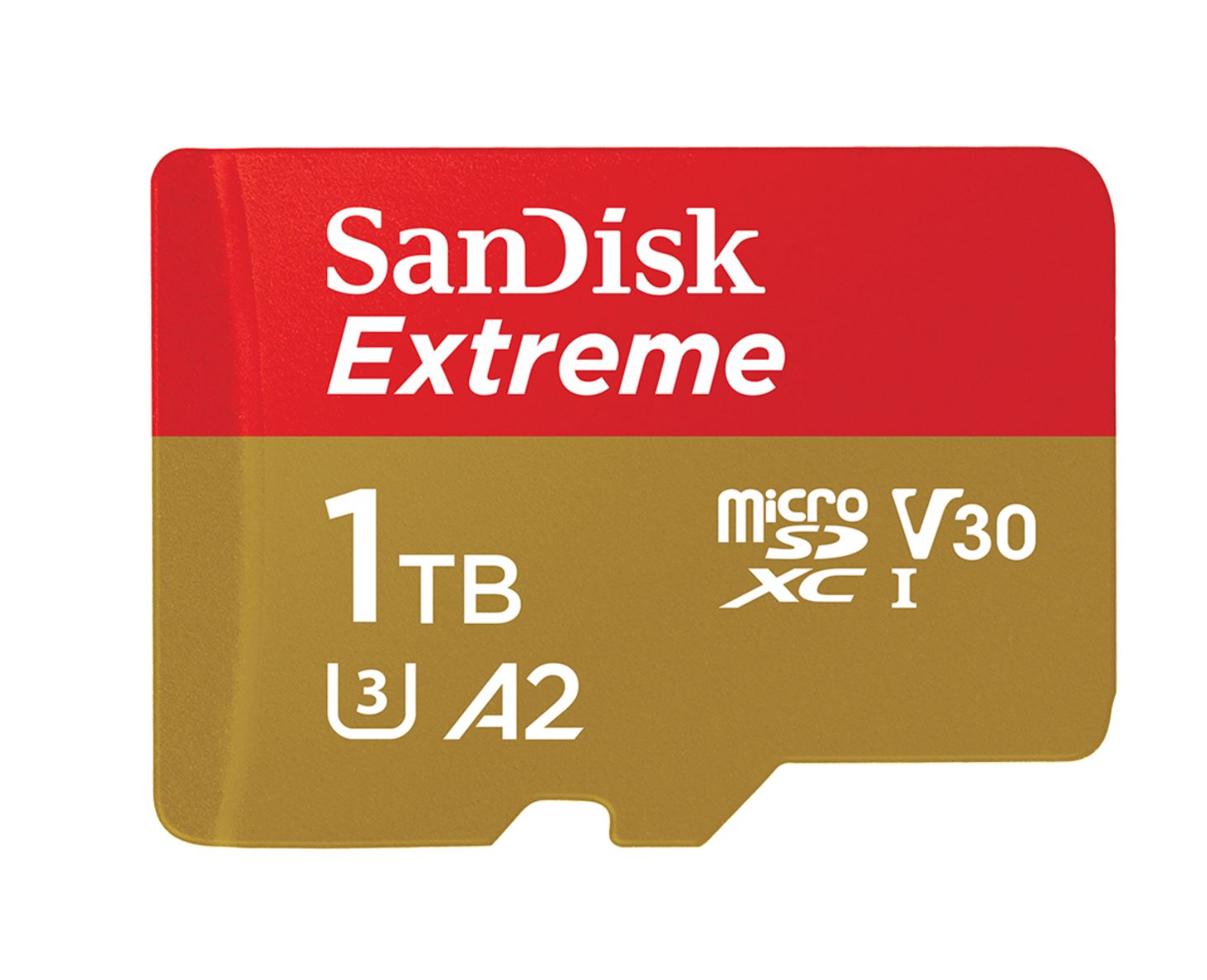I have a 200GB microSD card in my Nintendo Switch, and I ran out of space months ago. So naturally, I’m always on the lookout for a good deal on something larger. But I don’t think I want to spend the money to just double my space to 400GB. I want something even bigger. Thankfully, SanDisk and Micron are about to deliver a very expensive answer to my dilemma.
SanDisk and Micron each announced 1TB microSD storage cards today. These are the first two cards to have that capacity in this form factor, and you might expect, you’re gonna have to pay for the privilege of owning one. The Micron and SanDisk microSD cards are going to launch in Q2, and SanDisk is pricing the 1TB version at $450, which is $150 more than a Nintendo Switch.

Unlock premium content and VIP community perks with GB M A X!
Join now to enjoy our free and premium membership perks.
![]()

![]()